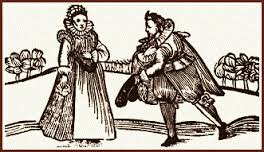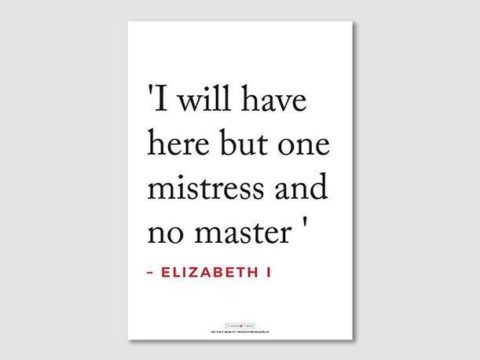Marriage
Introduction
Chapter 2 : Secular v Religious Views of Marriage
Marriage in the mediaeval period has to be considered from two aspects – the secular and the religious. The secular view saw marriage as essentially a contract for the disposal of land in the higher classes, and as the creation of a viable economic unit in the lower. Generally, poorer people made their own selection of partner, but would be heavily influenced by their families, and encouraged to make the right choice – which would be a healthy spouse with good work habits, some savings and, if possible, the prospect of a small dowry or inheritance.
Love was important, but not until after the wedding. Everyone was well aware that marriage without affection was a burden and a misery for all concerned, but romantic love was frowned upon as disorderly and likely to lead to sin. Marital love was based on affection, respect, trust and the will to make a successful common life together. Men were enjoined to love and protect their wives, and women to love and obey their husbands.

Among the higher ranks, marriages were arranged by the parents, with mothers having more say in the marriage of their children than in many other aspects of life. In many modern societies arranged marriages still take place, and are productive of genuine love and affection between the spouses. The same was anticipated in the mediaeval period, provided that both parties accepted that the match was a sensible financial arrangement designed to link the property and political interests of the two families.
Naturally, parents wanted their children to be happy, and most made some effort to choose a spouse with whom their child could have a satisfactory relationship, as unhappy marriages led to sin.
This is well exemplified by the marriage of William Parr (brother of Katherine Parr) whose childhood marriage to Lady Anne Bouchier, although consented to by both parties on reaching majority, was a complete disaster. She hated him and refused to live with him, and both lived in open adultery with other people: their divorce case causing scandal in three reigns.
The Church had a rather different view of matrimony which was always seen as inferior to chastity, but necessary for both preventing sin (all sexual activity outside marriage was considered a sin, even amongst unmarried people) and for procreation. Marriage was an indissoluble union based on individual consent and love.
However, whilst the Church did not control the making of marriage (a priest was not necessary for a marriage to be conducted) it did try to regulate it, laying down rules as to what made a marriage valid, and whom you could marry. Where economic or political necessity required it, people had little hesitation in finding ways out of marriage by claiming all sorts of prior impediments that invalidated the union and persuading the Church, by means of either power or hard cash, to annul the union.
